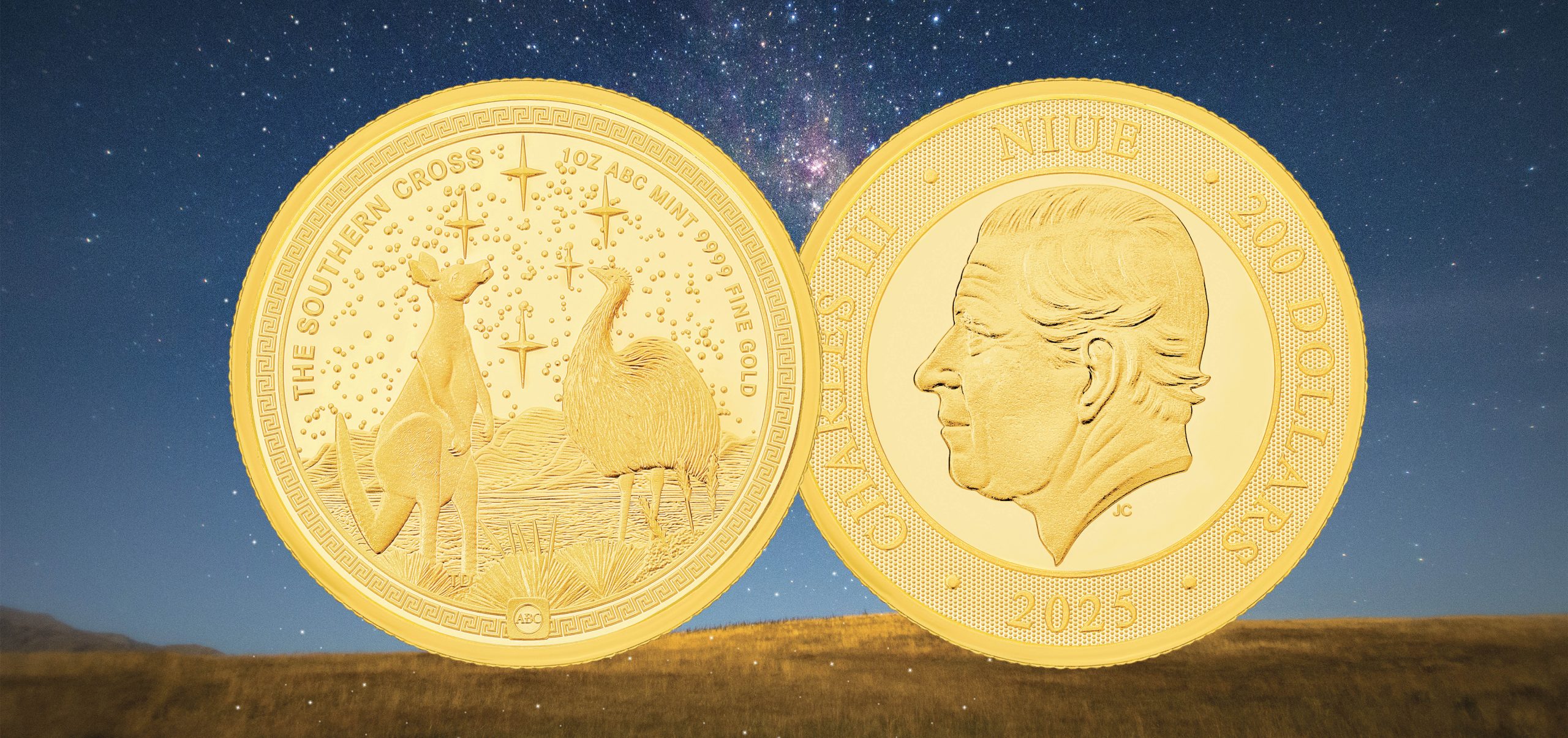Investors normally don’t talk about the risks of a bubble forming in the asset that they’re buying to hedge against a different bubble, but gold’s extraordinary surge is starting to trigger uncomfortable conversations about the yellow metal’s bullish prospects.
Gold prices have gained more than 55% this year, blowing past the $3,000 an ounce mark in early spring and topping the $4,000 threshold for the first time on record last month. Gold was up another 3.3% to $4,108.60 in Monday trading, a new record high.
Myriad reasons have been cited for the surge, including the slumping U.S. dollar, soaring tech stocks that have concentrated broader market risks into a handful of megacap tech names, purchases by central banks seeking to diversify away from the dollar, and renewed inflation risks tied to ongoing tariff and trade disputes.
Central bank buying has also been significant, with China alone adding 39.2 tons to its overall holdings since it returned to the market in November of last year.
“Central banks’ appetite for gold is driven by concerns from countries about Russian-style sanctions on their foreign assets in the wake of decisions made by the U.S. and Europe to freeze Russian assets, as well as shifting strategies on currency reserves,” said ING commodities strategist Ewa Manthey.
“The pace of buying by central banks doubled following Russia’s invasion of Ukraine in 2022.”
Gold-backed ETFs , meanwhile, are attracting billions in new investments, with overall additions likely to have topped 100 tons over the three months ending in September. That’s more than triple the quarterly average over the past eight years.
The combination of forces is likely to drive more gains for gold in the months ahead, according to Société Générale’s commodity research team, headed by Mike Haigh.
“Gold’s ascent to $5000 seems increasingly inevitable,” Haigh wrote in a note published Monday, citing both strong ETF flows and renewed central bank purchases.
Haigh also notes that ETF flows are tracking a rise in SocGen’s U.S. uncertainty index, which is now pegged at more than three times the level it reached over the five months before last year’s presidential election win for President Donald Trump.
“We cannot imagine a situation where we return to pre-Trump index uncertainty normalcy over our forecast horizon, so ETF flows are a key component to our price forecasting,” Haigh said. His $500o price target is pegged for the end of 2026.
Lisa Shalett, chief investment officer at Morgan Stanley Wealth Management, has a different take, tied in part to what she sees as a way for governments to “challenge the dollar’s stranglehold on global money movements.”
Gold holdings, Shalett argues, can “improve collateralisation of their fiat currencies and/or cryptocurrencies in a world where currency markets undefined may be remade by digital assets, cryptocurrencies, and stablecoins.”
The gold market’s mimicry of previous historic booms, however, has caught the attention of Bank of America analyst Paul Ciana, who cautioned in a note published last week that “prices have tended to pivot near round-number levels.”
Citing data showing “midway corrections” in long term bull markets for gold, Ciana sees the chances for a near-term pullback that “rhymes” with pullbacks of around 40% in the mid-1970s and 25% following the global financial crisis in 2008.
“This boom is about 10 years old, smaller in size than the 1970s and 2000s boom but nearly as old,” Ciana wrote. “This warrants caution into round number resistance at $4,000, or again later at $5,000.”
Gold isn’t likely a bubble. It’s hard for central banks to sell, and many of the countries encouraging its import, like China and India, also make it difficult for investors to move offshore.
But gold did lose around 60% of its value in the two decades that followed its 1970s boom, with bear markets following in 2008 and 2015.
This year’s really is still going strong, of course, but with gold’s advance tied to nearly all of the concerns currently gripping financial markets, maybe it’s worth asking if it’s being “all things to all people” is the best kind of hedge—or just another risky bet on rising prices.











